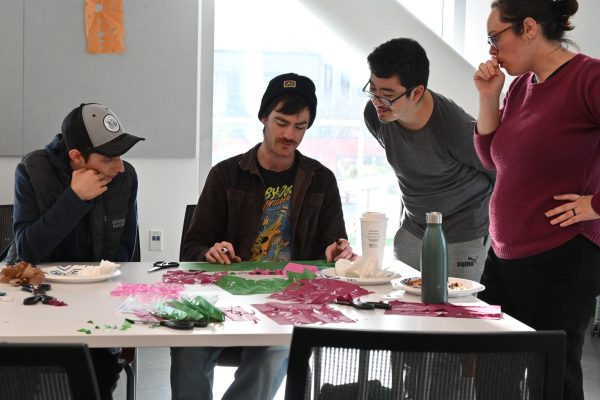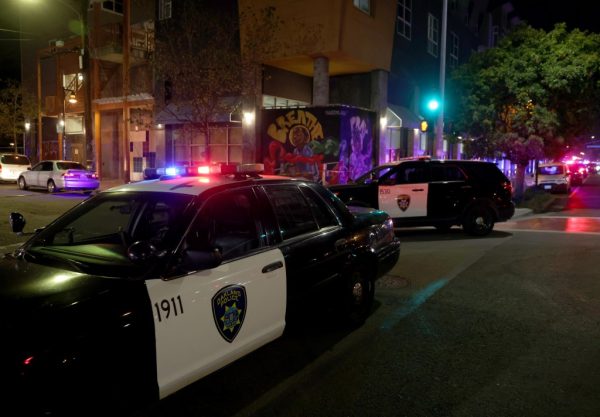Campus considers options for smoking ban

CSU East Bay’s Alcohol, Tobacco and Other Drugs Committee is exploring a campus-wide smoking ban that may be mandated by this year.
“We are exploring stronger measures that will be helpful for our campus community,” said Stan Hebert, associate vice president of the committee. “As of right now we don’t have anything exceptional to the California State law.”
Each year, California state universities have the opportunity to develop a smoking policy within the current California state law.
Currently, CSUEB’s smoking policy prohibits smoking inside any building and requires smokers to be at least 20 feet away from doors and windows regardless if they are open or not. There are black cigarette receptacles scattered around different areas on campus that mark locations that people can smoke and dispose of their ashes and cigarette butts.
Despite the guidelines, the debate is over whether or not 20 feet is enough space for non-smokers to avoid walking through a cloud of smoke or inhaling fumes as they walk in and out of the buildings.
The committee explored other colleges that already initiated a smoke-free or tobacco-free campus. As of April 2013, at least 1,159 college or university campuses in the U.S. have adopted 100 percent smoke-free policies on the entire campus including residence housing, according to the Americans for Nonsmokers’ Rights website. A full smoking ban at CSUEB would include the entire campus as well as the parking lots.
“A person would not be able to smoke in their car as an option,” said Hebert. “They would have to be completely off campus.”
Right now, the smoking policies only pertain to cigarettes but do not include the use of hookah pipes, e-cigarettes, or chewing tobacco.
If the policy is implemented, these products as well other tobacco related products will be prohibited. This is a stance that CSUEB could initiate within the next year.
Hebert recognizes the more popular areas on campus are sometimes in conflict with the current smoking policy. Many students, including non-smokers said having designated smoking areas would be appropriate.
“I’m asthmatic so I try to stay away from people who smoke,” said freshman David Arieta. “But if there was a designated area it wouldn’t bother me.”
Hebert said there are positive and negative aspects of implementing designated smoking areas. He said he understands tobacco is an addiction and does not want to make smokers feel excluded, but the designated areas would still pose a negative health risk on campus. According to Hebert non-smokers still have to pass by these areas and the smokers would be secluded with a possibility of inhaling more smoke.
Herbert said it is important to educate students, faculty and staff about the health risks of smoking and the cessation programs available on campus. Education would help CSUEB ease the transition towards a smoke-free campus and be a better alternative than handing out citations, he added.
“The CSU encourages our students, faculty and staff to live a healthy lifestyle,” said Stephanie Thara, CSUEB public affairs and spokesperson for the Chancellor’s Office. “We believe it is important to mitigate exposure to secondhand smoke in the CSU, especially for students, faculty and staff who don’t smoke or are trying to quit.”
CSUEB will be meeting again Spring 2014 to discuss issues and progress towards implementing a smoking ban, designated smoking areas or other resolutions.












